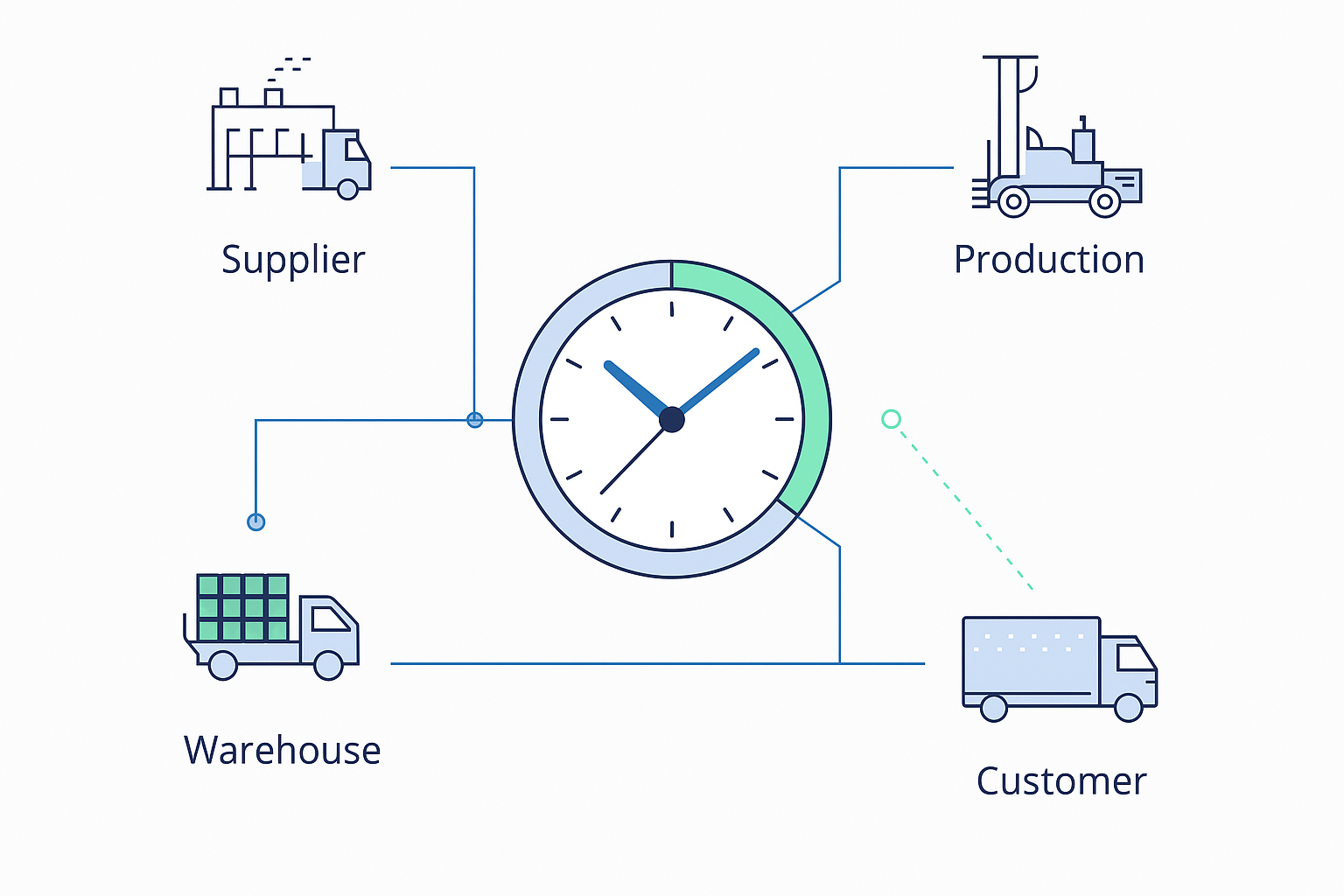Supply chains are faced with a never-ending cycle of disruption and volatility – it seems to be the new norm. Lack of visibility, a shortage of skilled people, limited transportation options, and a shortage of materials – these are just some of the supply chain issues that probably keep you awake at night.
The question is, when was the last time you looked at your supply chain design? It has become a trend to perform supply chain design actions just a few times yearly, in some cases, even less. However, amid persistent disruptions, your business needs to adapt fast.
According to Gartner, reviewing supply chain design on a regular basis has become a critical factor for those who oversee supply networks. According to a Gartner study, 42% of Chief Supply Chain Officers (CSCOs) are reportedly under pressure to maintain current margins and profitability while hitting targets for sustainability, speed, and innovation.
The only way this is achievable is through continuous analysis of your supply chain, which will allow you to identify issues and adapt quickly to disruptions, saving you big money in the process. Slowly but surely, more businesses are recognizing the value of repeatable scenario modeling.
What does Scenario Modeling offer?
Scenario modeling tools give you the ability to adapt to constant supply chain changes quickly while ensuring that you optimize the trade-off between service levels and costs. Scenario modeling effectively helps you to outsmart supply chain disruptions.
With so many risk scenarios endangering supply chains, and on a more regular basis, there has been an evolution in supply chain planning. In a recent webinar hosted by Reuters Events and sponsored by AIMMS, Paul van Nierop, Product Owner at AIMMS said, “those overseeing supply chains are reading about disruptions every day and they are becoming more regular”.
“What we’re seeing, in response to constant disruptions, is a move away from network design as a one-off project to more repeatable supply chain design actions. Equally, there’s a shift beyond the strategic analysis of supply chains into tactical responses to create greater resilience.”
Done well, scenario modeling can help supply chain planners test assumptions, identify risks and evaluate options. This can all be achieved in the context of factors such as cost drivers, supplier relationships, marketplace disruptions, and operational constraints.
Unfortunately, many supply chain leaders have been left in the dark when it comes to technologies that exist for supply chain optimization, what they can offer, and the level of effort needed to implement advanced technologies. This includes scenario modeling tools.
In the webinar, Adrian Bentley – Head of Planning at Bakkavor and participant in the webinar, alluded to this saying: “The models we have tried have not covered all the elements of volatility we’ve seen across our own supply chain, especially when it comes to labor as labor had always been available, but in the UK – following Brexit – that all changed. We didn’t know what to react to.”
How does Scenario Modeling help to deal with supply chain disruptions?
According to Adrian Bentley, scenario modeling offers businesses two distinct benefits:
- The ability to test supply chain resilience and identify weaknesses.
- The opportunity to model the specifics of any weaknesses, identify the knock-on effects of those supply chain vulnerabilities, and how to react to them.
Arjun Varma, Global Supply Chain Director for Beiersdorf and participant in the webinar, drilled a little deeper saying, “Scenario modeling helps a business to leverage key analytics to establish and advise on supply chain design simulations. Plus, scenario modeling enables organizations to run multiple scenarios to determine what their impacts would be while recommending actions that can be taken to minimize the impact.”
Utilizing data and scenario planning to improve supply chain resilience
In the age of digital transformation, supply chain resiliency relies on data analytics more than ever before. Data analytics help to communicate key information that makes scenario modeling possible. But as PwC highlights ‘scenario modeling will only ever be as good as the data that is fed into it’.
There’s a variety of data you can use to inform scenario models, including:
- Risk Simulation. This helps to visualize the impact that specific supply chain disruptions might have on your business based on different impact scenarios.
- Supply Chain Management. Enables you to model the potential impact of any given scenario that could affect supply chain management. For example, revenue impacts. By exploring revenue impacts with scenario modeling, it’s possible to get a more holistic view of your revenue expectations at any given time of year.
Ultimately, your business will need to embrace a more data-centric approach to supply chain design. This includes adopting flexible methodologies like scenario planning, powered by data insights, to improve supply chain and business resilience in the face of huge uncertainty.
What’s key is the continual analysis of your supply chain design on a weekly or biweekly basis, moving away from a once-yearly approach.
Support with Scenario Modeling in Supply Chain Network Design
To adopt scenario modeling in supply chain network design, AIMMS can give you the support you need. We can help your organization make confident decisions, powered by mathematical optimization.
Our Supply Chain Network Design solution stands out by its powerful scenario modeling, ease of use, and personal high-care implementation support and onboarding. See what AIMMS Network Design can do for you.






